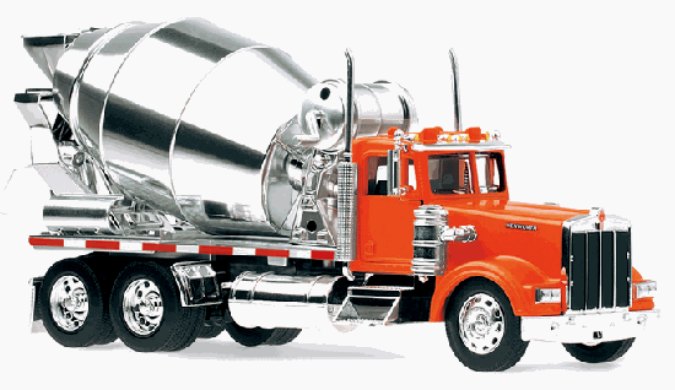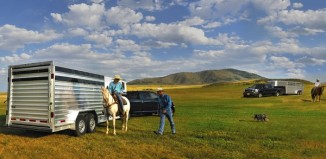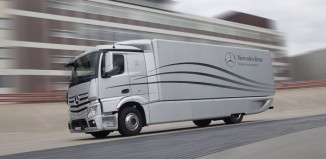Concrete installation is indeed a challenging job that requires a lot of time, hard work and effort. Many features need to be considered when pouring a concrete, including shape, size, colour, finish and depth.
If centuries ago, ‘going concrete’ referred to many heavy-duty tasks performed manually (particularly when it comes to the mixture stage), today pouring concrete is performed quicker and easier all thanks to concrete trucks. Because of their great capacities for optimum performance, new concrete trucks enable concrete projects to run smoothly and be successfully finished on time.
There are few general steps to pouring concrete.
Step No. 1 – Site Work
Preparing the site is the first step that needs to be done before placing the concrete. That means that the area has to be cleared and cleaned of grass, trees, rocks, shrubs and old concrete surfaces. Afterward, a sub base of at least 10 centimeters in height needs to be placed and compacted over the area where the concrete layout will take place. Special attention needs to be paid to edges. Appropriate sub-base preparation is a ‘must-do’ to ensure the concrete fits perfectly.
Step No. 2 – Forming
Forms are ready to be set, once the sub base is properly prepared. When it comes to concrete forms, they can be made out of metal, wood and plastic, ranging in height from 10 centimeters and higher. Concrete forms are very important, as they indicate the area where concrete needs to be placed or filled. Normally, they are attached with special nails and screws that are easy to remove once the concrete has cured.
Step No. 3 – Placement
With a compact sub base and nicely set forms, it is time to finally place the concrete. And this is where the use of a concrete truck calls to action. Usually, the concrete arrives in a ready mix concrete truck, where the drum placed on the back of the truck spins slowly to keep the concrete from settling and getting hard. The mix truck pulls up to the site and pours right into the concrete forms. New concrete trucks come with additional features, such as rakes, shovels and the so-called ‘come alongs’ which make sure that there are no air pockets nor voids. New concrete trucks can be found both online and offline.
Step No. 4 – Finishing & Troweling
Once the concrete is filled within the concrete forms, a large wood or metal board is used to screed the concrete surface. After finishing this task, the top of the concrete needs to be troweled with a large trowel, also called ‘bull float’. The goal is to make a smooth finish that will give the concrete surface its final, brand-new look.













